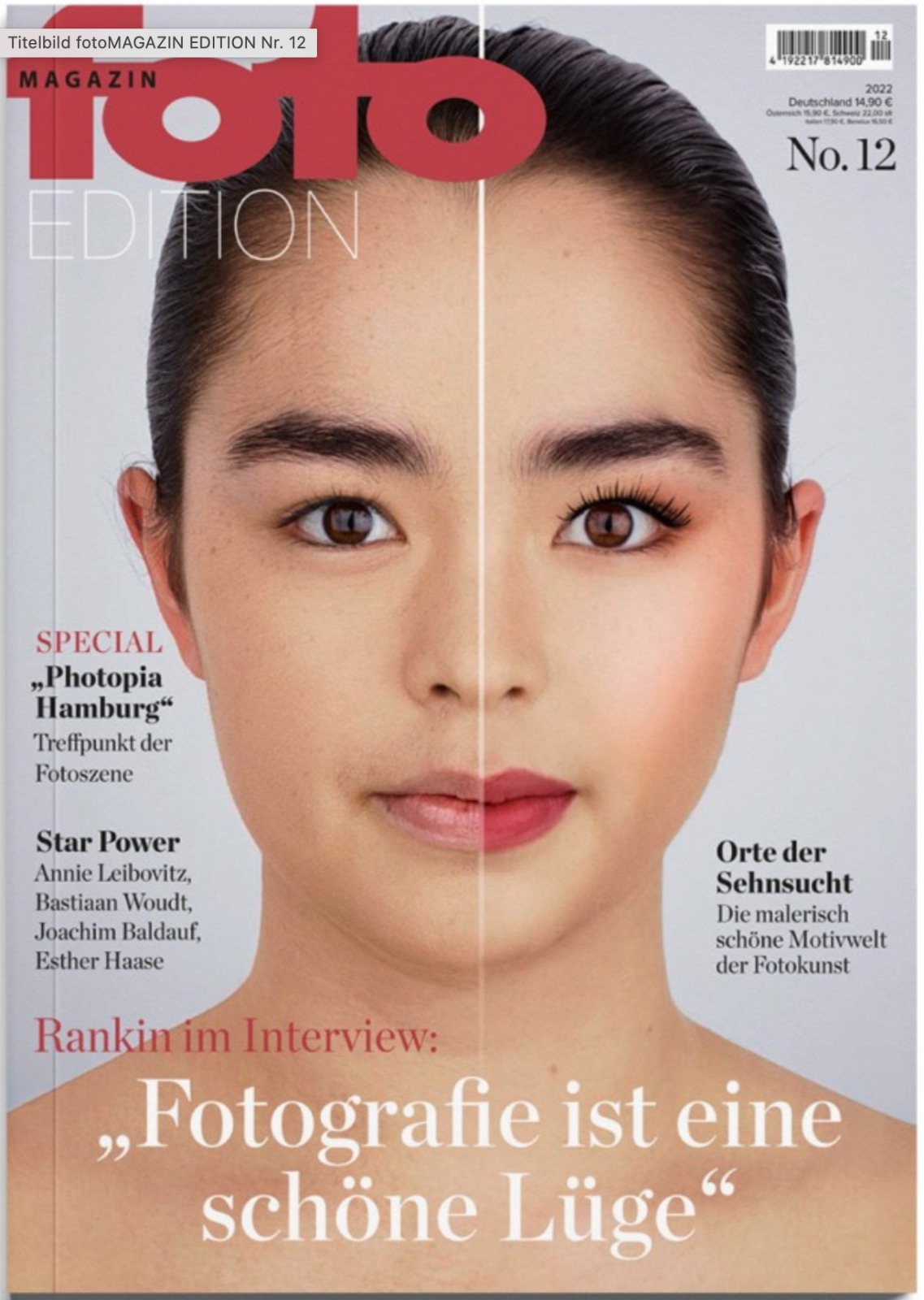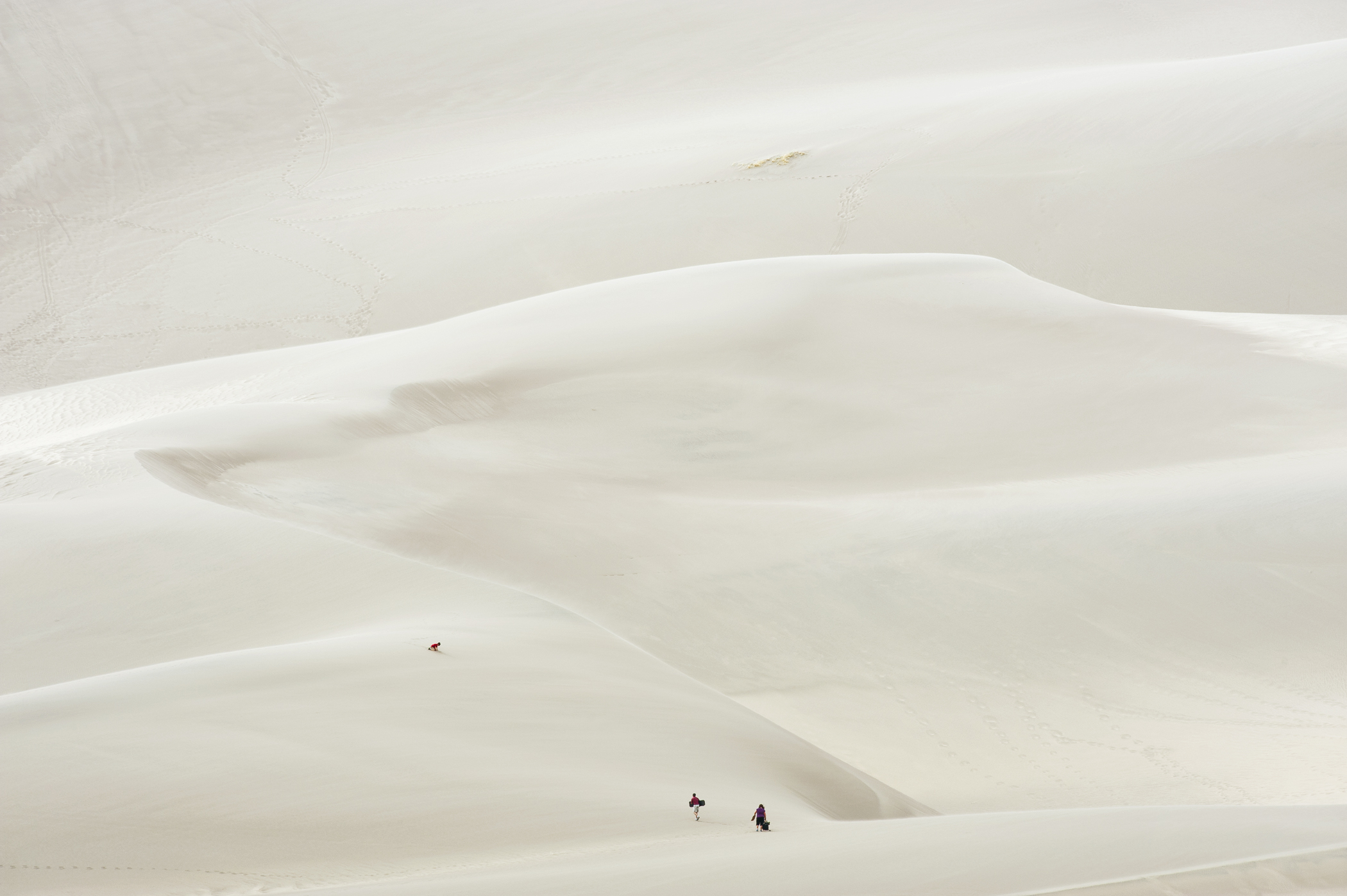 | Foto Magazin special yearly edition Nr 12 large format issue, published October 2022 |
Sehnsuchtsorte – Places of longing
Picturesquely beautiful? Why today more and more
photo artists and photo journalists are dealing with nostalgia, romanticism
and wanderlust
Excerpt from a text by Anja Martin
Below a rough translation from German

…Romanticism is closely intertwined with longing. Therefore, it is neither romantic in the form of cute-cheesy cat pictures nor dreamy soft-focus photos.
Novalis, representative of the Romantic period, German philosopher and mining engineer, once said: “By giving the common a high meaning, the ordinary a mysterious appearance, the known the dignity of the unknown, the finite and infinite semblance, I romanticize it.” Therefore, Romanticism is much more: It is everything that goes beyond the cold reality. He was convinced that in order to see the world as something interrelated, one needed the poetic act of romanticizing.
Renate Aller embraces romanticism in her own way as a photografer. The New York-based German shows photos of glaciers, rocks, deserts, rainforests, and the sea and speaks of the connection between these areas, no matter how far apart they are from each other. Her photos reveal no characteristics or landmarks, and therefore can hardly be located as they could be anywhere in the mountains, or somewhere by the sea. They are connected both scientifically, (e.g. erosion) and optically. In Aller’s exhibitions, like the current one at the Brattleboro Museum in Vermont, she creates an immersive room experience for the viewer. The peaks of the Himalayas hang next to a mountain ridge in Alaska, the Atlantic Ocean is placed only four inches away from the ice field in Patagonia, and the band of clouds of the Atlantic Ocean visually merges into the great sand dunes of Colorado. “Even though they have a different story, a different origin, are made of different materials and have a different energy spiritually, I think they are telling me the same story.” But what turns such places into places of longing as they could be anywhere? ” In our wishful thinking about taming nature, we long for the places where we cannot settle because they are in a constant state of flux:” says Renate Aller “The waves of the ocean, the shifting dunes, the mountain peaks. We can only visit these places of longing, but we cannot possess them”.
Photography was invented in the Romantic period, although as an exact technique it would certainly have fit better into the Enlightenment. Therfore, photography was welcomed by scientists. For example, Alexander Humboldt was enthusiastic that “objects paint themselves in an inimitable way”. However, photography only gained the respect of the art world and access to museums when it acquired painterly qualities. In the 19th century, for example, photographers were already playing with blurred images in order to leave pure depiction behind.
Even today, photography refers to painters of that time. There are many photos in which one involuntarily thinks of Caspar David Friedrich. Be it Darren Almond’s chalk cliffs in his “Full Moon” series, in which he photographed landscapes at night with large-format cameras, or Hiroshi Sugimoto’s seascapes. Or the dramatic “Atlantic Ocean 2007” by Renate Aller, which has found its way into the collection of the Hamburger Kunsthalle, which also houses “Das Eismeer” by Caspar David Friedrich. Landscape is a good projection surface, which is why places of longing are usually found in nature. “We use the landscape image as a mirror of ourselves”, says Renate Aller, “filled with illusion, desire and nostalgia, and as a fulfillment of our idealized selves”. Nature does not simply exist in these images because it exists. It is not about neutral documentation or an independent value. The human claim to dominance over nature is reflected in the depiction in painting and photography. “We expect nature to present itself as the stage for our entertainment” And with that we are in the realm of romanticism, which always puts the self in the center….